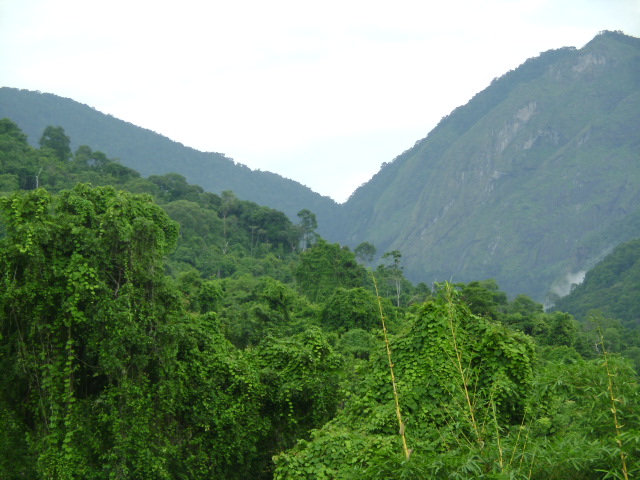Tanzania’s high altitude evergreen forest ecosystems are found mainly on the slopes of Mount Kilimanjaro, Mount Meru, and the Uluguru Mountains. These forests are unique and important as they provide crucial ecosystem services, such as water regulation and carbon sequestration, and support a diverse range of flora and fauna.

The high altitude evergreen forests of Tanzania are characterized by a dense canopy of trees, with the dominant species being African yellowwood (Podocarpus spp.), East African camphorwood (Ocotea usambarensis), and African olive (Olea europaea). Under the canopy, there is a diverse understory of shrubs, ferns, and other herbaceous plants.
These forests are home to a range of mammals, including primates such as the black-and-white colobus (Colobus guereza) and blue monkey (Cercopithecus mitis), as well as large mammals such as elephants (Loxodonta africana), buffalo (Syncerus caffer), and leopards (Panthera pardus). The forests also support a rich birdlife, including the Hartlaub’s turaco (Tauraco hartlaubi), mountain buzzard (Buteo oreophilus), and the scarlet-tufted malachite sunbird (Nectarinia johnstoni).
The high altitude evergreen forests face various threats, including deforestation, forest degradation, and climate change. Deforestation and forest degradation are mainly caused by agricultural expansion, logging, and fuelwood collection, while climate change is causing shifts in the distribution and composition of plant and animal species. The Tanzanian government and development partners are implementing various programs and initiatives to conserve and manage these forests, including promoting sustainable land use practices, improving forest governance, and supporting community-based conservation initiatives.
